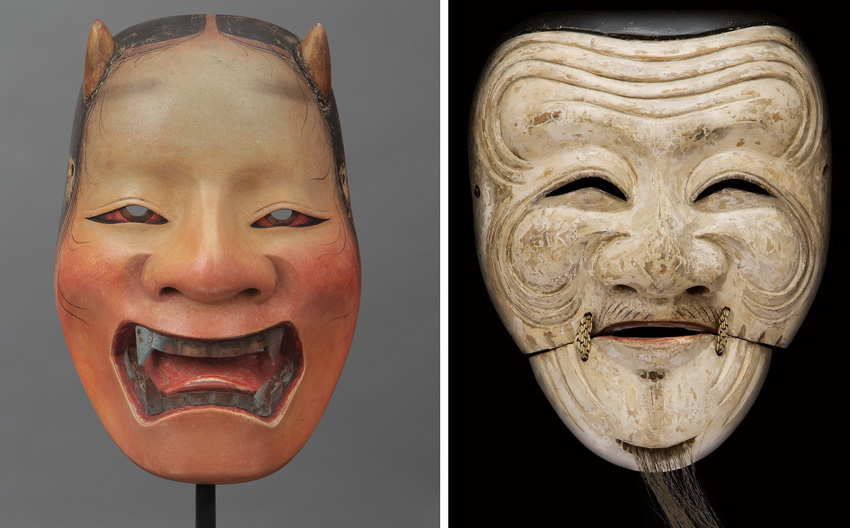
The Museum of Oriental Art in Venice is devoting a major exhibition to Noh theatre until 3 July 2022. This ancient Japanese art form, which has been prized by the aristocracy since its invention in the 14th century, uses a vast repertoire of masks, including the very popular hannya mask, which can be found in the iconography of Japanese tattooing. The mask of a fear-inspiring demon - whose characteristic features are a disquieting, suffering smile, sad eyes and menacing horns - 'hannya' is in fact the ghost of a woman who has lost her mind and gone mad with jealousy. It is present in several Noh plays. For this exhibition, the museum has brought together paintings, photographs, prints, costumes and instruments, mainly from its collection, to show the richness of this Japanese art of theatre. The event also commemorates the 700th anniversary of the birth of Marco Polo, one of the first European navigators to reach China and Japan. In his writings, the Venetian already observed the practice of tattooing in Cipango - the name of the Japanese archipelago at that time. "Japanese Tales. Costumes and Stories from Nō Theatre", until 3 July 2022 in Venice. More info: www.orientalevenezia.beniculturali.it